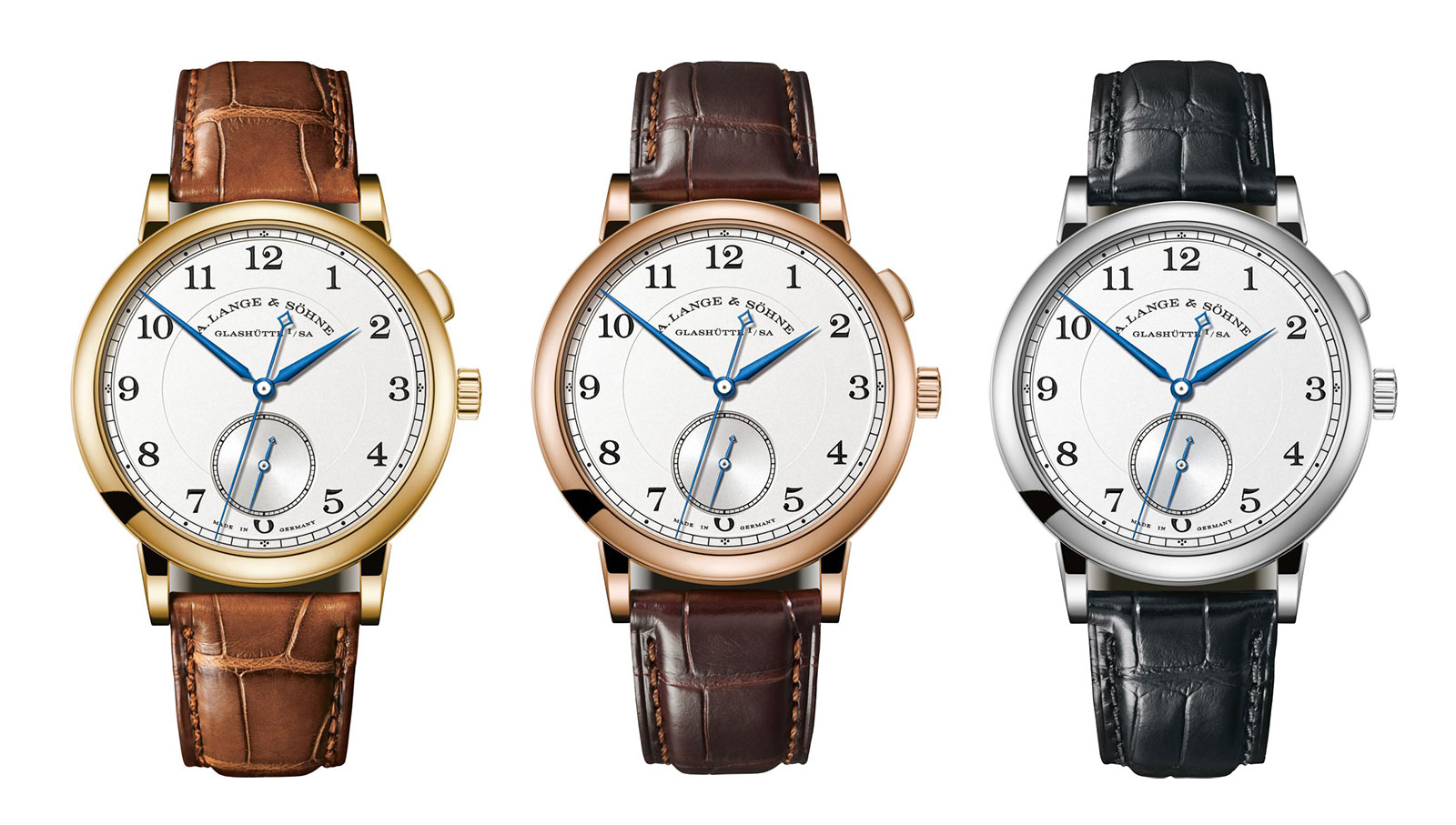A. Lange & Söhne Introduces the 1815 ‘Homage to Walter Lange’ with Hacking Dead Seconds
Limited editions in gold - and a unique piece in stainless steel.
Having passed away at the grand old age of 93 just earlier this year, Walter Lange was the last living link to the pre-war, family-owned firm of A. Lange & Söhne. Though he was not the driving force behind the modern day firm, Mr Lange was nevertheless revered as the spiritual father of the brand, being a direct descendent of namesake founder Ferdinand Adolph Lange.
Now his life is being swiftly remembered by a limited edition wristwatch, the 1815 ‘Homage to Walter Lange’. Its distinguishing complication are twin seconds hands, a feature originally found on 19th century Lange pocket watches, having been invented in 1867 by Ferdinand Adolph Lange himself.
The first seconds hand on the sub-dial at six o’clock is conventional, sweeping along as an ordinary seconds hand would. The central seconds hand is novel in being a deadbeat seconds that can be stopped and started via the pusher at two o’clock. Pulling the crown to set the time stops the subsidiary seconds.
That means the central seconds ticks along in one second steps, thanks to an additional, indirect wheel train for the centre seconds. Though the complication is a first for a Lange wristwatch, the dial is similar to other 1815 models, being silver with large Arabic numerals, while the case is 40.5mm in diameter and 10.7mm high.
No images of the movement are available at this time, the calibre is quintessential Lange, featuring a three-quarter plate, blued steel screws and so on. Hand-wound and having a 60-hour power reserve, it’s made up of 253 parts.
The movement has been christened L1924, a departure from the usual calibre naming norms of Lange. While calibres are usually named after the year they begin development – the L951.1 was started in 1995 for instance – the L1924 is named after Mr Lange’s birth year.
Other numerical refers to Mr Lange’s life abound in the ‘Homage to Walter Lange’. The model reference starts with “297” as he was born on July 29, while the edition size of each metal is a nod to a crucial date in his life.
Walter Lange (centre) at the launch of the modern Lange brand in 1994, flanked by Gunter Blumlein (left), and Hartmut Knothe
The 145-piece white gold version is based on the 145 years that elapsed between the original founding of the company in 1845 and the reestablishment of the firm after the Berlin Wall fell. Ninety watches in pink gold are being made, since Mr Lange registered the new Lange company in 1990. And it’s been 27 years since that registration and the launch of this watch, explaining the 27 pieces in yellow gold.
And singular stainless steel
More notably, one more 1815 ‘Homage to Walter Lange’ will be produced – in stainless steel. Fitted with a black fired enamel dial, this will be one of the handful of steel Lange wristwatches ever made (totally perhaps two dozen or so).
The one-off steel piece (ref. 297.078) will be sold later in 2018 at an auction, with all proceeds going to charity.
Price and availability
The 1815 ‘Homage to Walter Lange’ is limited to 27 pieces in yellow gold (ref. 297.021), 145 pieces in white gold (ref. 297.026), and 90 pieces in pink gold (ref. 297.032). It costs the same in all metals, priced at €47,000 including 19% German tax.
Correction April 25, 2018: The indirect, deadbeat seconds does not rely on the same mechanism as found in the Richard Lange Jumping Seconds.
Back to top.